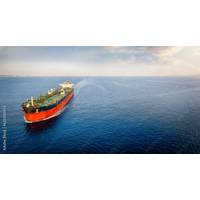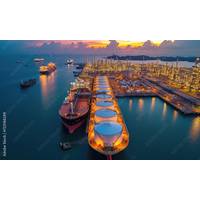Long life at Norne
The Norne field came on stream on 6 November 1997, and the initial development plans called for the field to be shut down during 2014. But the Norne adventure is far from over.
“Thanks to systematic maintenance of Norne for 17 years the vessel is now in a good technical condition. We have also aimed to facilitate improved recovery and phase-in of new discoveries to the Norne vessel. In light of this we are now considering extending Norne’s life to 2030,” says Norne operations vice president Kristin Westvik.
So far Norne and its satellites have produced some 700 million barrels of oil equivalent, and have added considerable values for Statoil (STO), partners Eni, Petoro, Dong, and for northern Norway. The recovery factor for the main Norne field today is 56.5% – a top result worldwide for production from subsea fields.
Norne has also developed into a flexible and good area solution. The best proof of this is located on the seabed in the areas around Norne. The field came on stream in 1997 from five subsea templates.
Today production flows from a full fifteen subsea templates thanks to several successful exploration campaigns controlled from Statoil’s exploration community in Harstad. In the Norne licence alone 26 exploration wells have been drilled, including five successes; the Norne, Stær, Svale, Dompap and Fossekall fields.
The last subsea template to be installed was the Skuld fast-track project in 2013, which represented a total investment of almost NOK 10 billion. In addition the Alve field and the Eni-operated Marulk field have been tied in to the Norne FPSO.
“We now aim to increase the recovery factor to 60%. The remaining resources in the Norne area may total as much as 300 million barrels of oil equivalent—the equivalent of an Aasta Hansteen field,” Westvik says.
During 2014 Statoil, Polarkonsult in Harstad and Aker Solutions in Tromsø have conducted several studies to clarify the technical condition of the hull of the Norne FPSO. It was necessary to determine whether the Norne FPSO needed a yard stay in 2018 in order to extend its technical life to 2030.
“The studies conclude that the hull structure is solid and that the life can most likely be extended to 2036. We can thus make the necessary modifications at Norne in order to extend the productive life without bringing the FPSO ashore for an extensive period. This allows us time to thoroughly plan the road ahead for Norne 2030,” says Westvik.
The focus now is on progressing the good maintenance work to keep up the good technical condition of the hull. Statoil will establish a project in 2017 detailing the scope and time of investments, and will also apply for an extended technical life for Norne by 2021.


